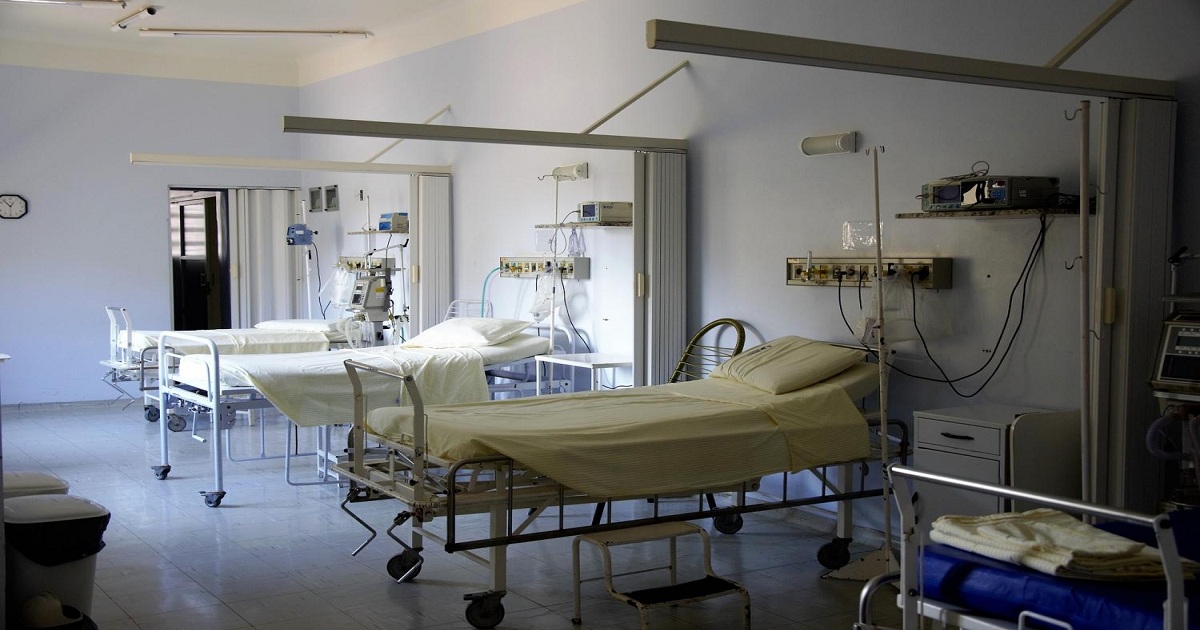Study traces hospital-acquired bloodstream infections to patients' own bodies
Medical Xpress | October 15, 2018

The most common source of a bloodstream infection acquired during a hospital stay is not a nurse's or doctor's dirty hands, or another patient's sneeze or visitor's cough, but the patient's own gut, Stanford University School of Medicine investigators have found. Most patients who spend longer than a few days in hospital-acquired infections. In particular, upward of 40 percent of immunocompromised patients a category that includes about 23,000 annual recipients of bone-marrow transplants develop bloodstream infections during their two- to six-week hospital stays. These patients are at risk for repeated rounds of infection.